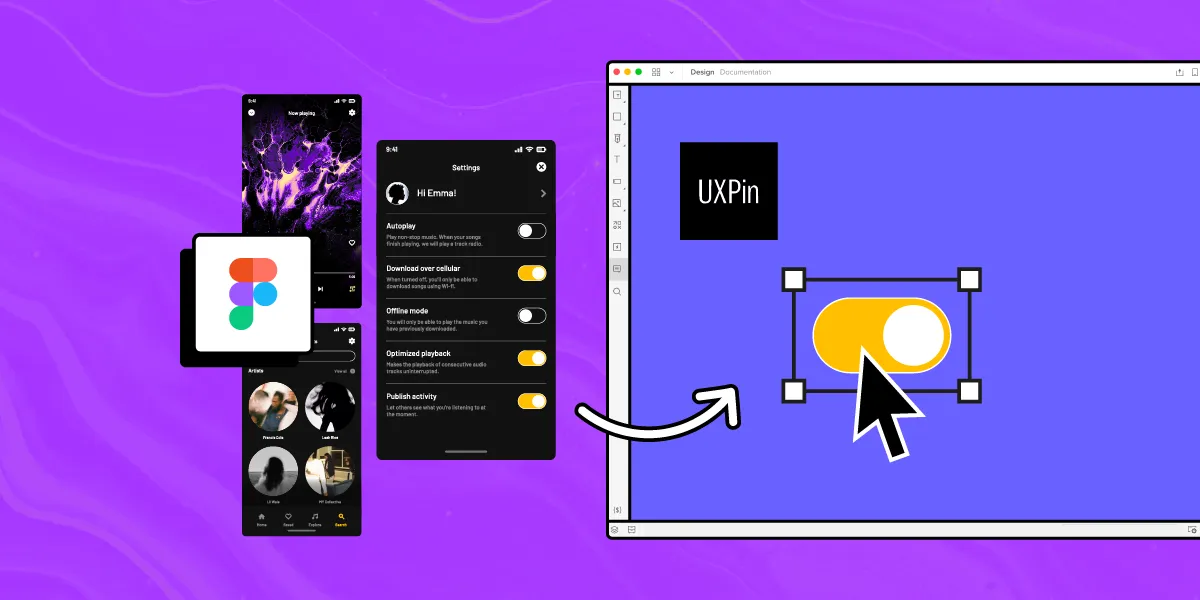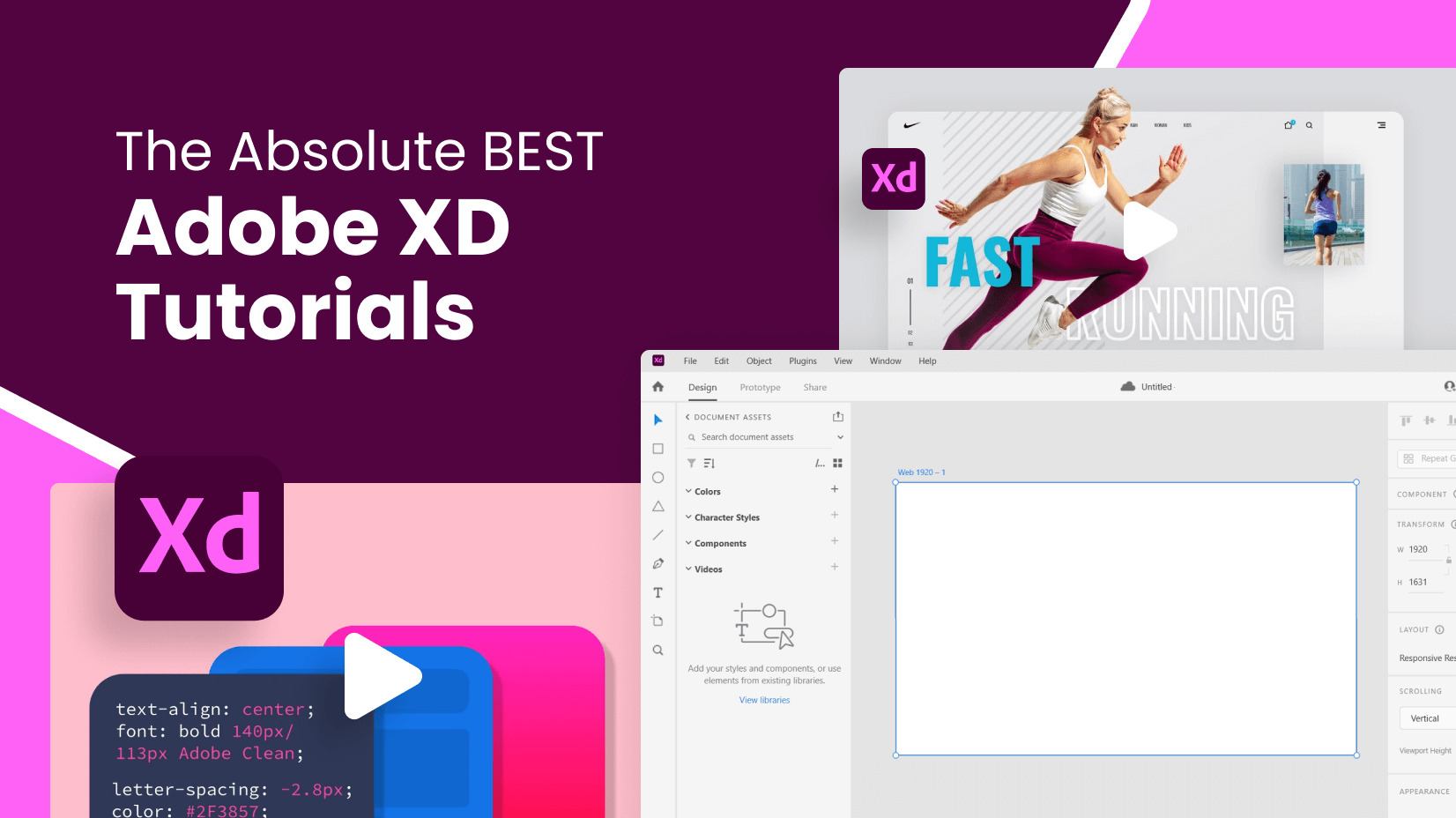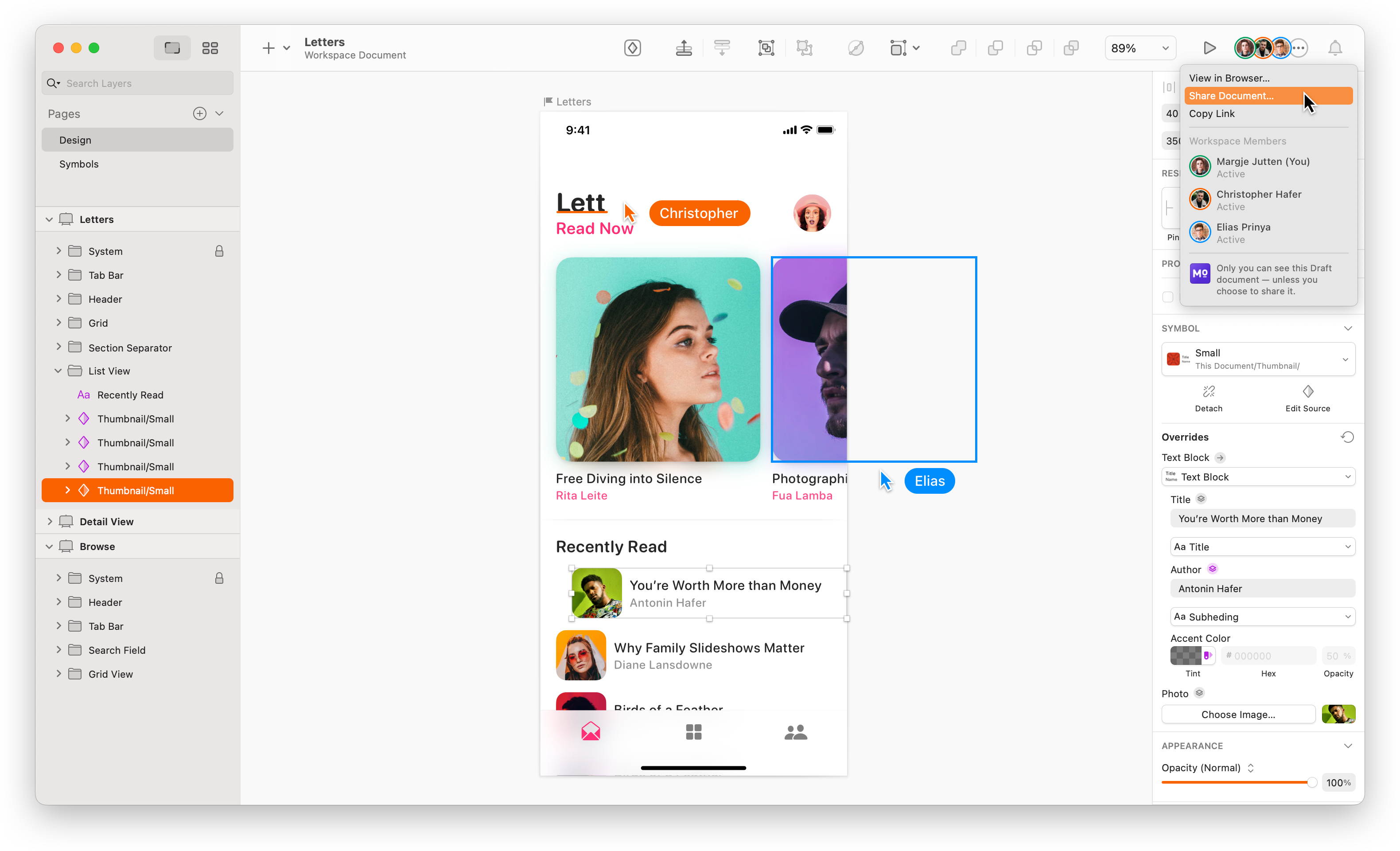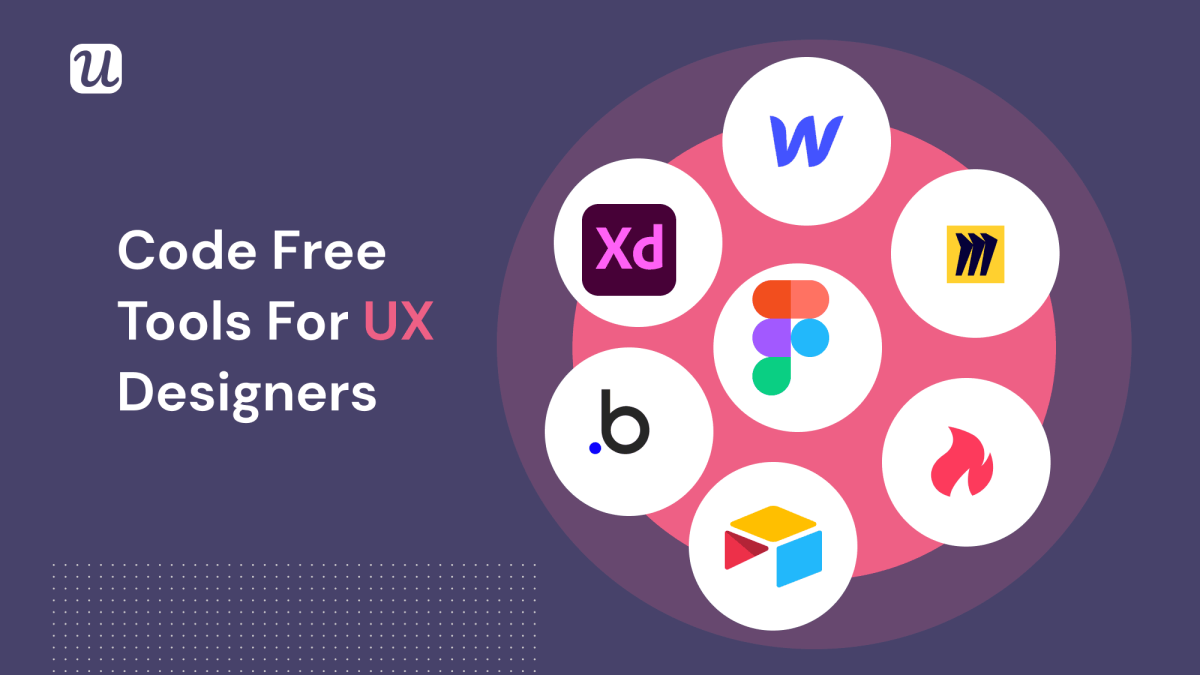
How AI will replace humans and manual jobs?
February 6, 2023Best Software for UI UX Designing. Top 5 Apps for UI UX
There are several tools that are popular for UI/UX design, some of the most widely used include:
- Sketch: a vector graphics editor and digital design tool primarily used for UI design.
- Adobe XD: a user experience design software developed and published by Adobe Inc.
- Figma: a browser-based interface design tool.
- InVision: a digital product design platform that provides design tools, prototypes, and collaboration features.
- Affinity Designer: a vector graphic design software that can be used for UI/UX design.
Ultimately, the best tool for UI/UX design depends on your specific needs, design style, and workflow.
1. Figma :

Figma is a cloud-based user interface design tool that allows teams to collaborate on the design process in real-time. It was launched in 2012 and has since become a popular choice for UI/UX designers, product managers, and developers.
One of the key features of Figma is its browser-based interface, which means designers can access their projects from anywhere, without the need for software installations. This makes it easy for remote teams to work together, and for designers to continue their work on the go.
Figma offers a comprehensive set of design tools, including vector networks, auto-layouts, and constraints, making it easy to design, prototype, and share interactive designs. The platform also includes design libraries, where users can store and share reusable design elements such as icons, buttons, and typography styles.
Another notable feature of Figma is its collaboration capabilities. Teams can work on the same design file at the same time, with changes visible to all team members in real-time. This helps teams save time and reduce the need for manual updates and version control.
Figma also integrates with other tools and platforms, such as Jira, Trello, Slack, and Google Drive, making it easy to share designs and receive feedback from stakeholders.
In summary, Figma is a powerful and intuitive UI design tool that offers a wide range of design and collaboration features. Its browser-based interface, real-time collaboration capabilities, and integrations make it an attractive option for teams looking for a tool to streamline their design process.
2. Adobe XD

Adobe XD is a user experience design software developed and published by Adobe Inc. It is part of the Adobe Creative Cloud suite and is designed to help designers create, prototype, and share user experiences for web and mobile applications.
Adobe XD offers a clean and intuitive interface that makes it easy for designers to quickly create wireframes, prototypes, and design specs. The platform includes a wide range of design tools, including vector networks, auto-layouts, and repeat grids, that allow designers to create complex designs with ease.
One of the key features of Adobe XD is its integration with other Adobe products, such as Photoshop and Illustrator, which makes it easy for designers to bring their existing assets into XD and use them in their designs. The platform also supports plugins, which can extend the functionality of the software and streamline the design process.
Adobe XD also has robust collaboration capabilities, making it easy for designers, product managers, and developers to work together on the same design file. Teams can share designs and receive feedback, which is visible in real-time, helping to speed up the design process and reduce the need for manual updates and version control.
Another important aspect of Adobe XD is its prototyping capabilities. The platform allows designers to create interactive prototypes that simulate the flow of a real application, helping to validate design concepts and test user experiences.
In summary, Adobe XD is a comprehensive user experience design software that offers a wide range of design and collaboration features. Its integration with other Adobe products, plugins, and collaboration capabilities make it an attractive option for teams looking for a tool to streamline their design process.
3. Sketch Pro

Sketch is a vector graphics editor and digital design tool primarily used for UI design. It was first released in 2010 and has since become a popular choice for designers, especially for those working on MacOS.
Sketch offers a wide range of design tools, including vector networks, auto-layouts, and symbol libraries, which make it easy to create complex UI designs. The platform is known for its clean and intuitive interface, which allows designers to focus on their design work without being bogged down by clutter and unnecessary features.
One of the key features of Sketch is its symbol system, which allows designers to create reusable design elements that can be easily updated and synced across multiple artboards. This can save designers time and effort when making updates to their designs, and helps to maintain consistency throughout a project.
Sketch also supports plugins, which can extend the functionality of the software and streamline the design process. There are a large number of plugins available, which can help with tasks such as wireframing, icon creation, and design handoff.
Another notable aspect of Sketch is its integration with other tools and platforms, such as InVision, Zeplin, and Abstract. This makes it easy for designers to share their designs and receive feedback from stakeholders, as well as to collaborate with developers and product managers.
In summary, Sketch is a powerful and intuitive UI design tool that offers a wide range of design and collaboration features. Its symbol system, plugins, and integrations make it an attractive option for designers looking for a tool to streamline their design process
4. Invision
InVision is a digital product design platform that enables teams to create, review, and manage the design process for digital products such as websites and mobile applications. The platform is aimed at simplifying the design process by providing a single place where designers can share their work and collaborate with team members, stakeholders, and clients.
One of the key features of InVision is its prototyping tools, which allow designers to create interactive prototypes of their designs and test them before they’re built. The platform also includes design collaboration tools, enabling teams to provide feedback and make suggestions in real-time, improving efficiency and streamlining the design process.
In addition to prototyping and collaboration, InVision also includes design management tools such as version control and task tracking, making it easier for teams to keep track of changes, manage projects, and stay on top of deadlines.
The platform is accessible from any device with an internet connection, making it possible for teams to work together and review designs from anywhere. This makes it ideal for remote teams and organizations with employees spread out across different locations.
InVision also integrates with a range of third-party tools and services, such as Sketch, Photoshop, and Slack, making it easy to work with existing tools and workflows.
Overall, InVision is a comprehensive design platform that provides teams with the tools they need to create, review, and manage digital products from start to finish. By streamlining the design process, InVision helps teams work more efficiently, reduce errors, and bring their products to market faster.
5. Affinity
Affinity is a suite of professional graphic design software developed by Serif, a UK-based software company. The Affinity suite includes three main products: Affinity Designer, Affinity Photo, and Affinity Publisher. These products are designed to provide a complete graphic design solution for professionals, including graphic designers, photographers, and desktop publishers.
Affinity Designer is a vector graphic design software that offers precise and accurate vector tools for creating logos, icons, illustrations, and complex graphics. It is a robust alternative to Adobe Illustrator and provides many of the same features, including vector-based design, multiple artboards, and a powerful pen tool.
Affinity Photo is a raster graphic design software that provides tools for editing and retouching photos and images. It is a powerful alternative to Adobe Photoshop and provides features such as high-end color correction, precise selections, and compositing tools.
Affinity Publisher is a professional desktop publishing software that provides a comprehensive solution for creating print and digital publications. It offers advanced typography, layout, and design tools, making it ideal for creating magazines, books, brochures, and other printed materials.
One of the key advantages of the Affinity suite is its affordability. Unlike Adobe’s Creative Cloud subscription model, Affinity software is available for purchase at a one-time cost, making it accessible to a wider range of users. Additionally, Affinity software is designed to work seamlessly on both Windows and Mac operating systems, providing cross-platform compatibility.
Affinity software is also known for its ease of use, with intuitive and user-friendly interfaces that make it accessible to users of all skill levels. The software is also regularly updated with new features and improvements, ensuring that users have access to the latest tools and capabilities.
In conclusion, Affinity is a comprehensive suite of graphic design software that provides professionals with a powerful and affordable alternative to Adobe’s Creative Cloud suite. With its intuitive interfaces, cross-platform compatibility, and regular updates, Affinity provides a complete graphic design solution that is accessible to users of all skill levels.





